- Joined
- Jan 7, 2009
- Messages
- 10,378
Hi everyone,
there have been a few recent discussions about photographing diamonds- and focus .
I was thinking about this and realized that the photos actually show something that can help explain why some diamonds show their facets well- while others exhibit the dazzling pinfire flashes called "crushed ice"
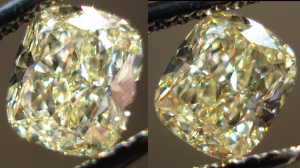
the photos are both the same stone, taken under very similar lighting and photographic conditions.
In the photo on the right, the camera is actually focused on the "skin" of the diamond- which allows us to clearly see the facet pattern.
Yet in person, this stone has a "crushed ice" appearance.
In the photo ohn the left, the camera is focused deeper into the diamond- more closely replicating what our eyes do. Once we focus further into the diaomond, the "virtual facets" take over- obscuring the possiblity of seeing the facet pattern.
Cameras can define focus more than the human eye- especially since the reuslt is a static photograph.
The human eye does not have such ability ( well some folks might) but in general when we look at such stones we can not define the facet pattern.
there have been a few recent discussions about photographing diamonds- and focus .
I was thinking about this and realized that the photos actually show something that can help explain why some diamonds show their facets well- while others exhibit the dazzling pinfire flashes called "crushed ice"

the photos are both the same stone, taken under very similar lighting and photographic conditions.
In the photo on the right, the camera is actually focused on the "skin" of the diamond- which allows us to clearly see the facet pattern.
Yet in person, this stone has a "crushed ice" appearance.
In the photo ohn the left, the camera is focused deeper into the diamond- more closely replicating what our eyes do. Once we focus further into the diaomond, the "virtual facets" take over- obscuring the possiblity of seeing the facet pattern.
Cameras can define focus more than the human eye- especially since the reuslt is a static photograph.
The human eye does not have such ability ( well some folks might) but in general when we look at such stones we can not define the facet pattern.





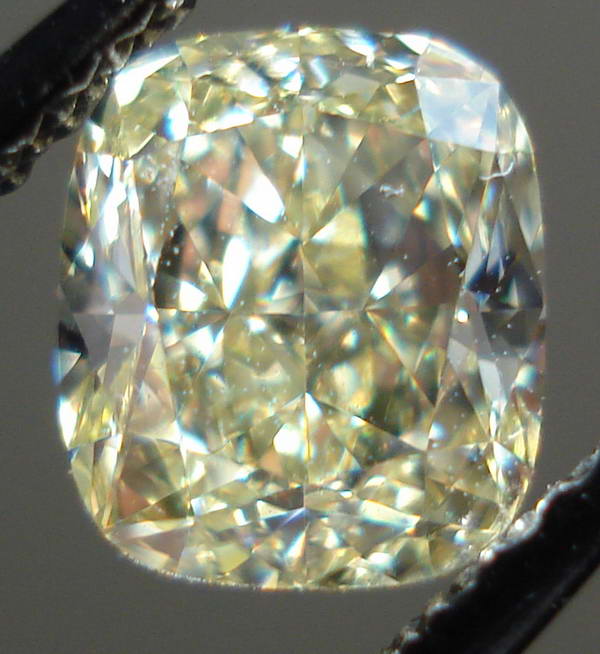
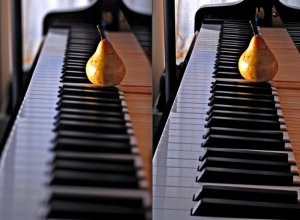
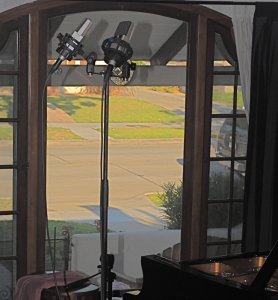
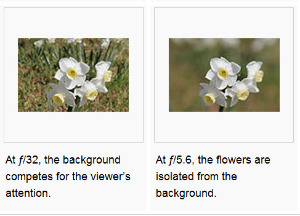


300x240.png)